Amphicar
The Amphicar is the only amphibious civilian vehicle ever put into commercial production. The machines trace their ancestry to the Wehrmacht’s Schwimmwagens, Ferdinand Porsche’s VW-based creation for Hitler’s Third Reich. After the war, a company backed by the Quandt family (which also owned a controlling share of a then-tiny German car company called BMW) produced a civilian amphibious vehicle that took up where the stark military motorfowl left off. During seven years of operation, Amphicar built 3878 Model 770’s. At a stroke, U.S. emissions regulations ended the company’s viability. About half of the vehicles produced survive. Somewhere between 300 and 600 are still “swimmers”– the Amphiphile’s term for ones that still float.
With a bespoke land-and-water transmission, Amphicarians can use either the machine’s wheelsor its twin props. As detailed by amphicar.com, the platypussian beast’s "land transmission" is a four-speed-plus-reverse unit similar to those found in the old Volkswagen Beetle. The "water transmission" is a two-speed transfer case, offering only forward and reverse gears. The Amphicar’s one major innovation in an admittedly limited genre: the front wheels double as rudders.
So what’s this tremendously odd creation of a normally sane people like to drive? Novice seaplane pilots will tell you that your first reaction to an obstacle in the water is to step on the brakes. I’m sure that many new Amphicar drivers have discovered that this approach isn’t any more effective in an amphibious car than it is in a Cessna 185 on floats. In fact, piloting an Amphicar in the water requires no more skill than steering a small boat. But there are unique “challenges.” For example, to launch an Amphicar into the water, you must either enter very slowly or very fast. Anything in between and you risk turning a 2300-pound lump of German steel into a submarine. And after you’ve driven ashore, remember that the Amphi’s brakes don’t work; the drums and shoes are totally aslosh.
Drivers/helmsmen engage the Amphicar’s twin screws (no pun intended) via the two-speed transfer case. Unlike wooden or fiberglass boats, Amphicars have no natural buoyancy. If the convertible top and windows are down, an errant wake or sudden waves can turn a swimmer into a drowner. And heaven help the passengers who forget where they are and open a door. No wonder Amphicars have a secondary door-snugging handle to guard against this distinctly unnautical behavior.
The Amphicar’s 1950’s Triumph Herald pushrod four has a carburetor the size of a can of orange-juice concentrate and produces 43 hp. The Amphi’s zero-to-60 time is 43 seconds. (No, not 4.3 seconds, forty-three.) Maximum speed on water is seven miles per hour, while 70 mph on land (allegedly) is all you get. To paraphrase car reviewers in the day, the Amphicar “was a lousy car and a worse boat.” Or, as a lost-in-the-mists-of-history Car and Driver writer put it, “As a car, it handled like a boat.”
Yes, but– Mechanix Illustrated’s Tom McCahill understood the utter meaningless of the model’s on-road performance. He knew that owning an Amphicar made you the instant king of the lake. “Hey babe, wanta ride?” Think about it. Hot sun, summer vacation, beach, beer, bathing suits, a cool little car that turns into a boat with a back seat…what more do you need?
Once you pointed that puppy down the boat ramp and hit the water runnin’, no summertime honey would care about the Amphicar’s skid pad numbers or whether it could out-accelerate a Crosley Hotshot. Hell, you’re already halfway home. You’re in shorts trying to hide your wood and she’s wearing one of those new two-pieces called a bikini. You’re engaging the twin props and revving that suddenly throaty Triumph, she’s already what might as well be 80 percent undressed and is squealing that your cute little car is “far out.” That’s what we said in the‘60s. It was the Age of Aquarius, and the Amphicar should have been its ride.
Most moderately restored Amphis go for $20k to $35k. The occasional garage queen pulls down $50k. When an Amphicar sold for just over $124k at last winter’s big Barrett-Jackson auction, it served as a prime example of what can happen when bidding fever overwhelms common sense. Admittedly, the john did buy 12 other cars that day as well, so perhaps he thought he was bidding on an Amilcar.
I'm the automotive editor of Conde Nast Traveler and a freelancer for a variety of other magazines as well. Go to amazon.com and read more about me than you ever wanted to know if you do a search for either of my current books, "The Gold-Plated Porsche" and "Man and Machine." Been a pilot since 1967 (single- and multi-engine land, single-engine sea, glider, instrument, Cessna Citation 500 type rating all on a commercial license) and I use the gold-plated Porsche, a much-modified and -lightened '83 911SC, as a track car.
More by Stephan Wilkinson
Latest Car Reviews
Read moreLatest Product Reviews
Read moreRecent Comments
- Mike Beranek No interior pictures usually means that the interior looks like death warmed over.
- Kwik_Shift_Pro4X Oof. (again)Not looking good.
- DungBeetle62 This happened after a run of black cars that lasted Nov 1999 - Jan 2022.And while I like black cars, I had to vote with my dollars so we'll (hopefully) still have a choice
- Arthur Dailey 'Ere it's a nice little runner.Actually anyone with my log-in/sign-in name and picture absolutely should not be commenting on this article.
- Arthur Dailey Is the original Legend absolute peak Honda?



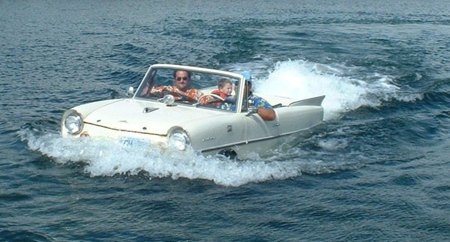














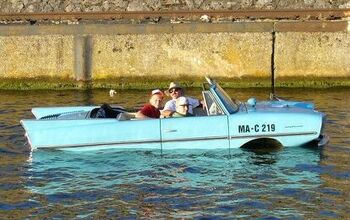
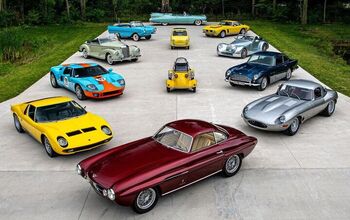

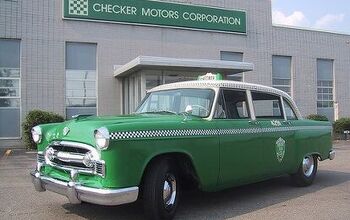
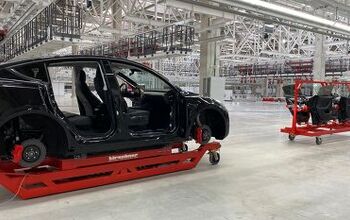
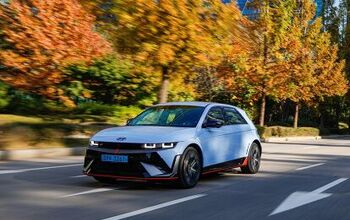
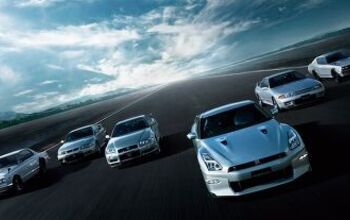
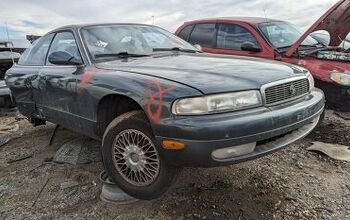
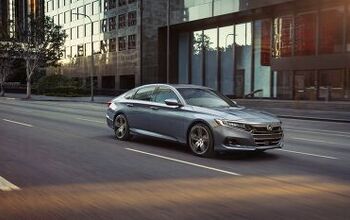


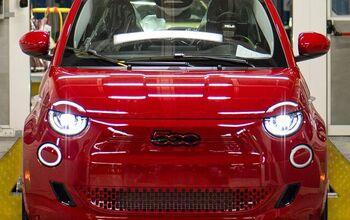
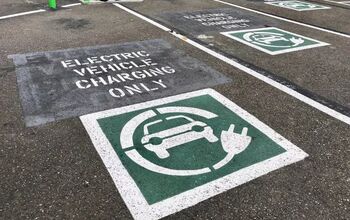
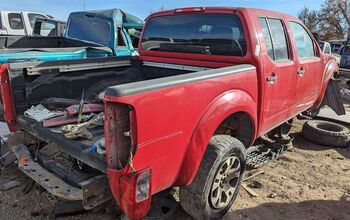
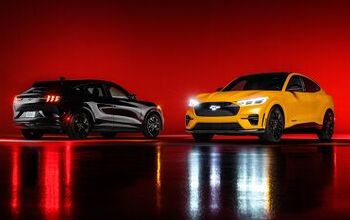
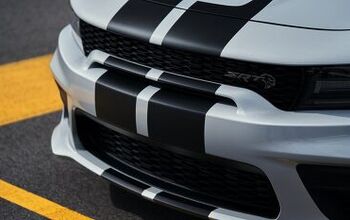
Comments
Join the conversation
Don't get me wrong, I do LOVE my Amphicar, and before I actually had one I also would also have guessed it to be like the ultimate vehicular babe magnet. In actual practice though, I regret to inform all you horntoads out there that it's usually toothless inbred nitwits with rotten bad breath that I see sprinting across the parking lot after me...Never once have I spotted a thong-clad supermodel lookalike in the rear view mirror. Never once. ~Bilgey~
First I will apologize for not knowing anything about these cars. I just recently watched a show where they restored one of these and couldn't help but notice that the dash and steering wheel both look like they are VW. Was this car a joint effort with VW since they obviously already had experience building this type of car?